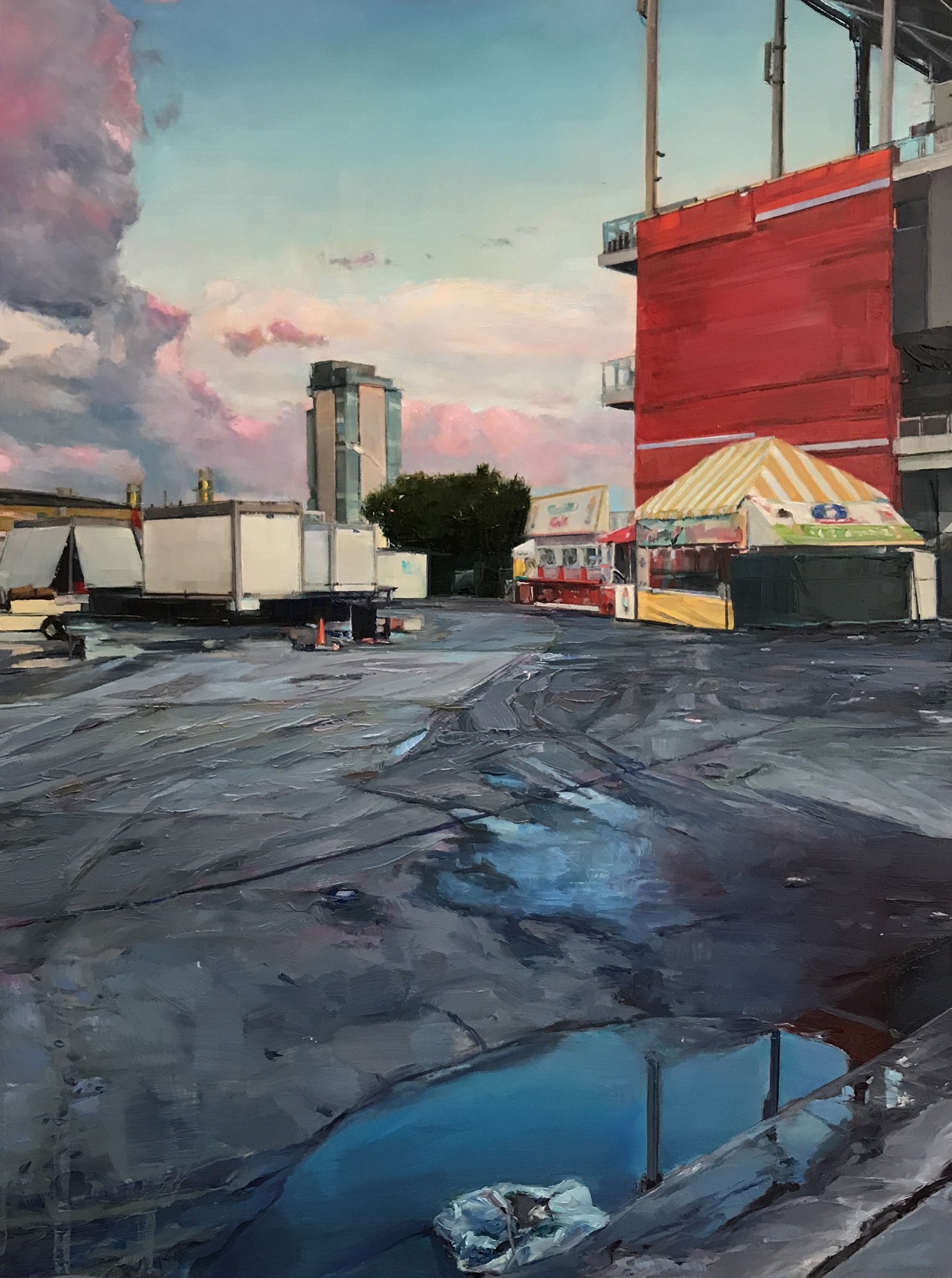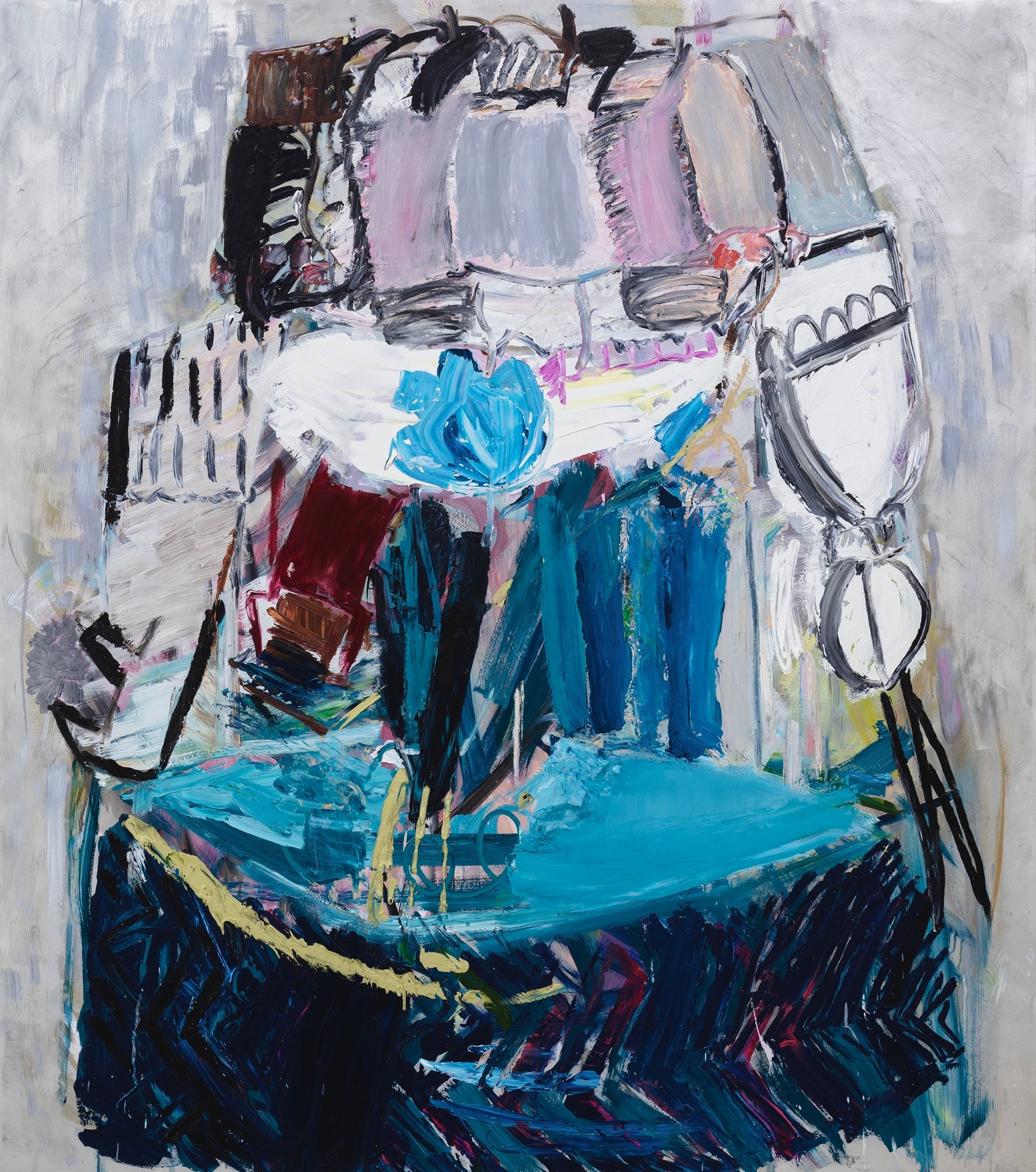So you bought an NFT, now what?
Craig Follett on September 6, 2023
In 2018, I saw Magritte's iconic painting, "The Son of Man," at the San Francisco Museum of Modern Art’s incredible Magritte exhibit. I was intrigued by the surrealist movement artist's playful and philosophical artworks. It was, truly, an exceptional museum show. Side note: In 1998, the painting sold at auction for $5.3 million to an unidentified American collector bidding by telephone. Maybe it's in the Big Apple.
Viewing this artwork sparked a surprising collecting journey that bridges the realms of physical art and NFT art: In 2022, I purchased a rendition of the famous painting in the form of an NFT by EightBit titled "René Magr8, The Son Of Man." While original Magritte paintings belong on the wall of a museum, I was happy to have one of my favourite paintings—albeit in pixelated form—in my digital wallet. Inspired, as art tends to make one, I played pixel artist myself and created an artwork called "The Son Of Moon," a Moonbirds NFT (which I own) with an apple over the owl. This is a great example of the way NFT communities like Moonbirds inspire creativity alongside community.
If you're new to NFTs and only heard about the recent hype surrounding them, here's a brief rundown: NFTs are a digitized asset, secured by blockchain and often unique.
But sometimes more than art on a screen is needed. The allure of physical art beckons, and the canvas, textures, and tangible beauty of traditional artwork reel you into the world of collecting physical art. I continue to appreciate my NFT collection while now participating in the broader art market by collecting physical artwork from emerging contemporary artists. That way, I can live with the art I love on the walls and support artists simultaneously.
If you're wondering where to begin collecting physical art after having experienced the NFT sphere, you're in the right place.
Making the switch to an IRL collection
Starting to collect physical art doesn't need to be intimidating—research artists or styles you love. Visit local galleries and attend exhibitions or art fairs. Speak to artists and curators—or reach out to Peggy’s concierge. Educate yourself about value appreciation. Like NFTs, start small, learn the ropes, and gradually expand your collection.
Remember, the heart of collecting, whether digital or physical, is passion. It's about connecting with a piece, understanding its story, and cherishing its presence. Embrace the journey of collecting physical art with the enthusiasm you did with NFTs, and you'll find a world teeming with stories, textures, and experiences.
Below are some similarities—and differences—between NFT collecting and physical art acquisitions. Think of it like a giant Venn diagram, with many shared commonalities in the middle and some critical differences off to each side. In some cases, artists delve into the world of both NFTs and physical artworks. For example, Derrick Adams, who I own an NFT from, is primarily a painter. Even better, I received the digital token after Larry Ossei-Mensah (advisor to Peggy) and I attended an a16z CLF Art Basel event. Two worlds collide.
A couple of similarities to note:
- Creative Endeavours. Both realms celebrate creativity. Like NFTs, physical artworks are unique. An original painting, for example, carries the artist's exclusive touch, akin to how the blockchain verifies the distinctiveness of an NFT. At Peggy, we verify said touch with a patent-pending digital fingerprint, powered by AI.
- Investment potential. Value appreciation is another overlap. Just as some NFTs see their value rise due to demand, rarity, or the prominence of the creator, physical artworks can also appreciate over time, influenced by similar factors (artist recognition, historical significance, or demand).
- Community. The social element is vibrant in both spheres. Take PROOF, for example; the NFT art collective thrives on community. Powered by web3, PROOF cultivates communities between artists and collectors—creating a whole ecosystem of art lovers. And just as NFT communities engage in virtual galleries, chat groups, and forums, physical art collectors converge at exhibitions, auctions, galleries, and on Peggy, to discuss nuances, techniques, and narratives behind each piece.
- The Thrill of Ownership. Remember that rush when you secured your NFT? The same excitement exists in physical art collecting. Holding a piece you adore is a unique thrill that transcends digital boundaries.
- The Artist's Narrative. NFTs often contain captivating narratives – who created it, why, and its significance. Physical art is no different. Each brushstroke holds a story, offering a deeper connection to the piece.
And a few differences:
- Living with art. Physical artwork lets you feel the texture, see the brush strokes, and even sense the ambiance a piece can create in a room. This tactile, real-world engagement is absent in the virtual domain of NFTs. Physical art becomes integral to your living space. It adds character and depth, transforming a room into a private haven that reflects your taste and style.
- A long history. NFTs are the new kid on the block, while fine art has existed for thousands of years. It’s fun to be the first to do something, but art's perseverance throughout history is a testament to its staying power. It adds an extra layer to art collecting to learn the way contemporary art is conversing with art history. Plus, it makes great dinner conversation.
- In-person engagement. The process of acquiring physical art can be an adventure in itself. The thrill of participating in an auction, the joy of discovering a piece in a tucked-away gallery, or the luck of finding art during travels differs from the avenues for buying NFTs. A crucial part of collecting art is supporting artists and building communities with other collectors and artists.
A few suggestions to start your art-collecting journey
If you like Beeple (Mike Winkelmann), you might like Matthew Schofield or Meeson Jessica Pae.
Beeple's digital pieces merge pop culture references with surreal and occasionally dystopian landscapes—so does Matthew Schofield. Schofield's hyperrealistic paintings use family archives and photographs from Schofield's life as source material. The result is arresting paintings that often aptly capture today's world. Meeson Jessica Pae leans into the more surreal aspects of Beeple’s work with futuristic blobs paired with chrome infrastructure.
If you like Fewocious, you might like Alida Cervantes.
Both artists use vibrant colours, patterns, and surrealist depictions of human forms. As you wade through the layers of abstract figures, you realize that both have an emotional and poignant core that encapsulates a spectrum of feelings and narratives.
If you like Pak, you might like Marius David.
Pak is a mysterious NFT artist who delves into abstract shapes, often minimalistic, while challenging the intrinsic nature of art and its value. David's work is inspired by his career as a graphic designer, using grids and a sparse colour spectrum. In other words, David's work corresponds with Pak's minimalistic endeavours, focusing on simplicity, reflection, and form.




